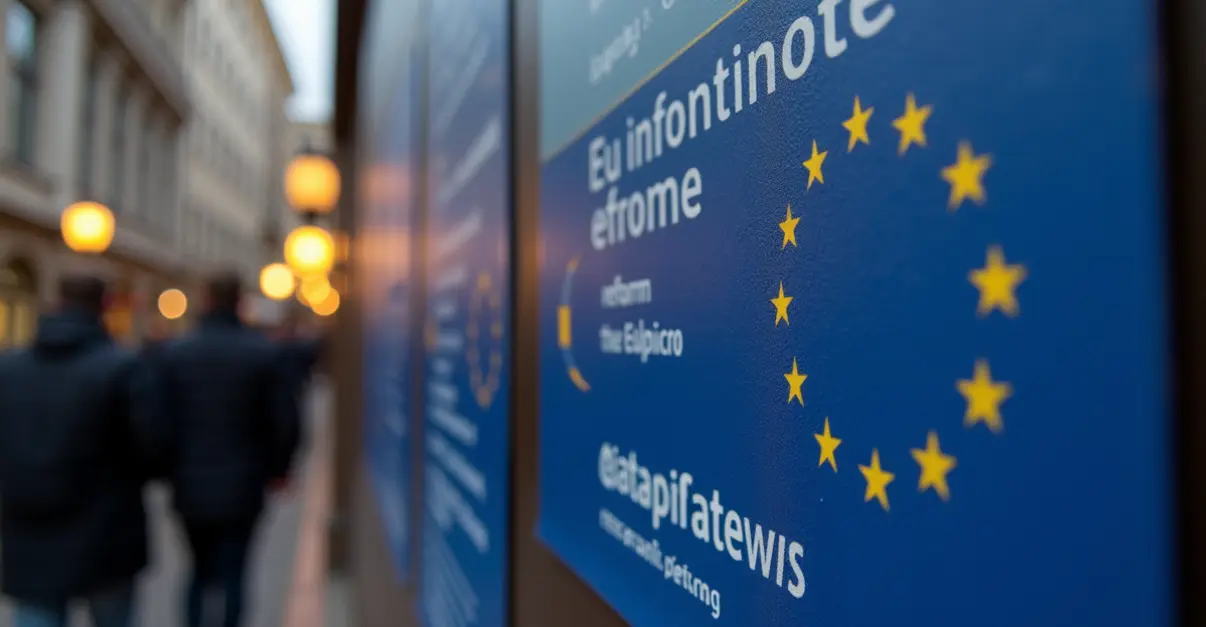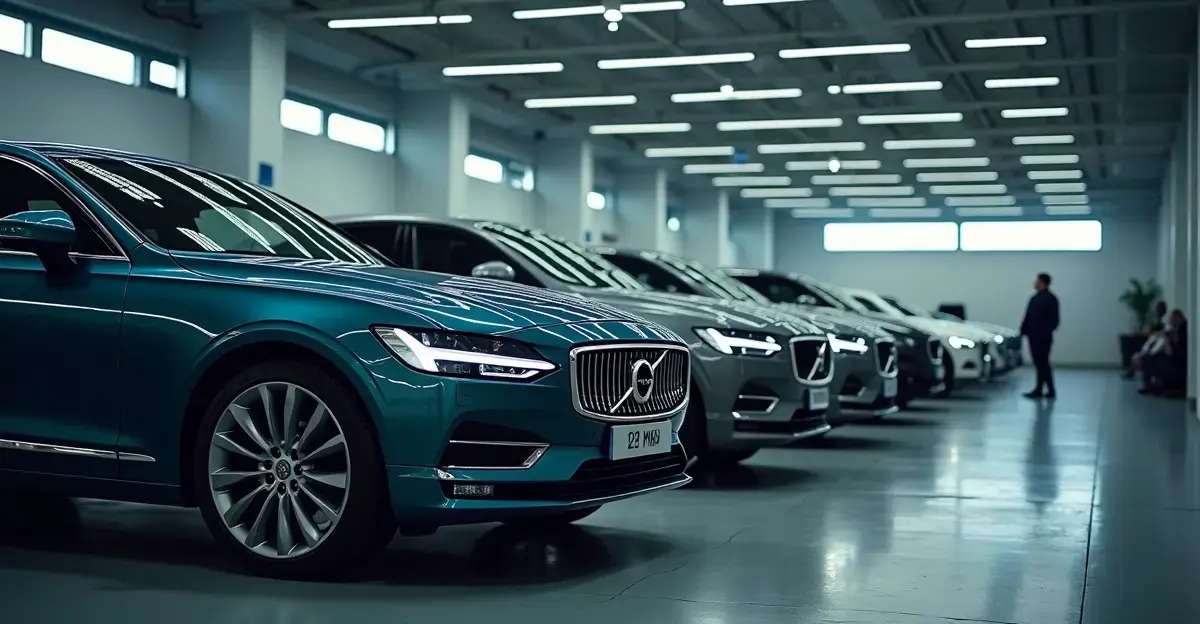The EU proposes a 90% emissions reduction target by 2040 with flexibility for member states to achieve up to 3% through international projects, drawing criticism from scientists and lawmakers.

EU Sets Ambitious 2040 Climate Target
European Commissioner for Climate Action Wopke Hoekstra has presented the European Union's climate target for 2040: a 90% reduction in greenhouse gas emissions compared to 1990 levels. This goal is a critical interim step toward the EU's ultimate objective of climate neutrality by 2050.
Political Compromises and Flexibility Mechanisms
The proposal, delayed by several months, emerged amid significant political resistance. Several member states including Poland, Italy, Hungary, Czechia, and Slovakia expressed concerns about stringent climate goals during current global crises. Hoekstra conducted extensive consultations across European capitals to secure support, maintaining the 90% target while introducing flexibility measures.
Key among these is the allowance for member states to count up to 3% of emissions reductions from projects outside the EU. This could include initiatives like funding cleaner industrial processes in India or reforestation in South America.
Scientific and Political Criticism
The European Scientific Advisory Board has warned that such international projects are difficult to verify. Dutch MEP Mohammed Chahim (GreenLeft-Labour) echoed concerns: "I'd rather we use these funds to green European industries like Tata Steel than finance electric buses in Vietnam."
Legislative Process Ahead
The proposal now enters a complex approval process requiring consensus from both EU member states and the European Parliament. While the 90% target is expected to remain, debates will focus on implementation mechanisms. Germany has expressed support, but France remains critical of progressive climate policies.

 Nederlands
Nederlands
 English
English
 Français
Français
 Deutsch
Deutsch
 Español
Español
 Português
Português









